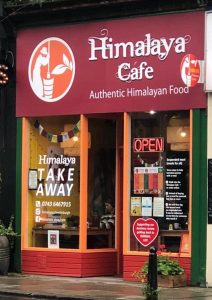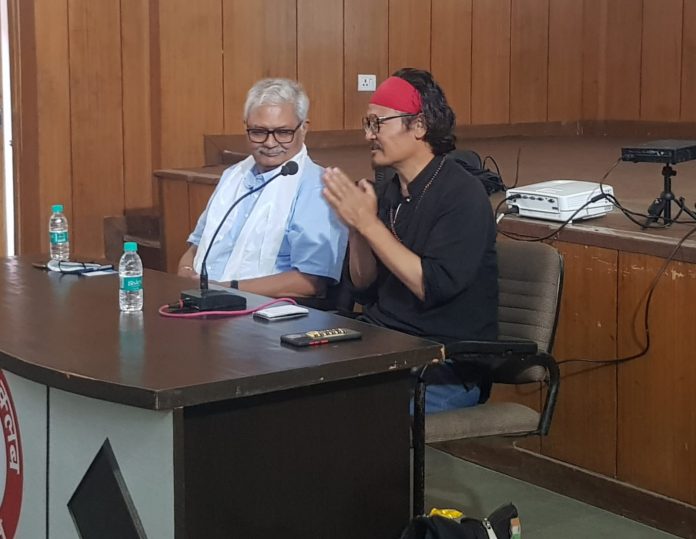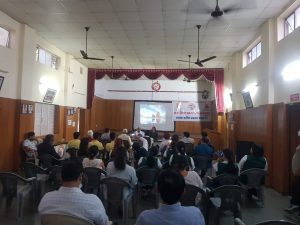Dateline Dehradun: After a two-month stimulating pan-India event from New Delhi to Baroda to Kolkata onto Hyderabad, the Valley of Word, 2021, Lit fest returns to its karm-janam bhoomi for a three-day literary bonanza.
In its last leg, i.e. 19th-21st of November the festival will bring in a bit of Science, throw in a bit of technology and add the magic of written word. The team will also be announcing its eight winners under the eight categories:
English Fiction and non-fiction, Hindi fiction and non-fiction, Writings for Young Adults, Writings for Children, Translations into English and Hindi from Indian Languages.

While the 19th of November will be dedicated to the world of Science and Technology at UCOST, with session revolving around the Astronomy in Ancient India, History of Medicine, History of Information Technology and the History of S & T of Indian Glass.
On the 20th of November there will be an interesting line-up of young students from the Doon valley namely, Oceanic School, Doon International School Riverside, Mountford Academy, Greenwood hills along with students from the Latika Roy Foundation bring alive shortlisted books under the Writing for Children Vertical. Authors showcasing their shortlisted translated books from regional literature such as Assamese, Gujarati, Urdu into Hindi will be in conversation with esteemed panelists from Delhi and Dehradun.
The 21st of November is dedicated to carrying forward the Valley of Word legacy of promoting a healthy culture of debate, discussion and critical appreciation through debates on topical issues via the VoW Mantrana Debate and the VoW National Debate Competition involving nation-wide schools. The finals for both the competitions will be held virtually on the 21st with judges joining us physically from Dehradun’s literary circuit.
Interspersed with the two debates is The Valley of Words, “VOX Populi – The Parliamentarians Debate.” In this session eight parliamentarians from different parties will engage in a discussion on a politically contested issue and put forward their standpoint and perspectives supported by facts and figures.
Summing up the pan-India Valley of Word, 2021 Festival Director Sanjeev Chopra says, “The Valley of Words,2021 has grown both in terms of temporal and spatial reach. Vow, 2021 is a major landmark which has seen a significant increment over the past editions. Along with an addition to five cities, the range and diversity of our discussant and panelists and participants has been unique. Valley of Words, lit fest, is perhaps amongst the only lit fest which connects all generations, genres, Indian languages and region.”
YouTube: https://www.youtube.com/c/ValleyofWordsLitFest
Website: Valleyofwords.org

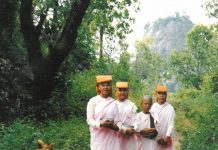








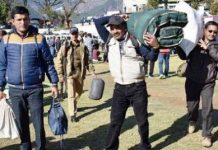
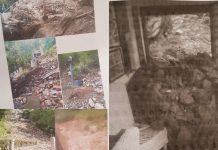

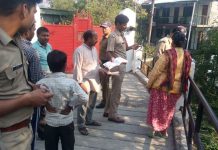




















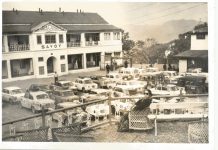

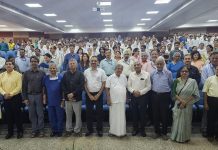






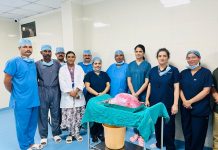
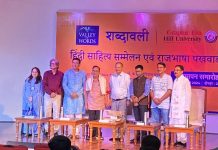
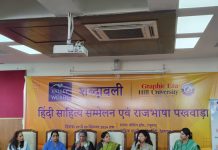
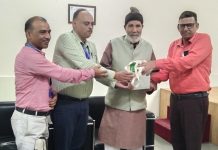

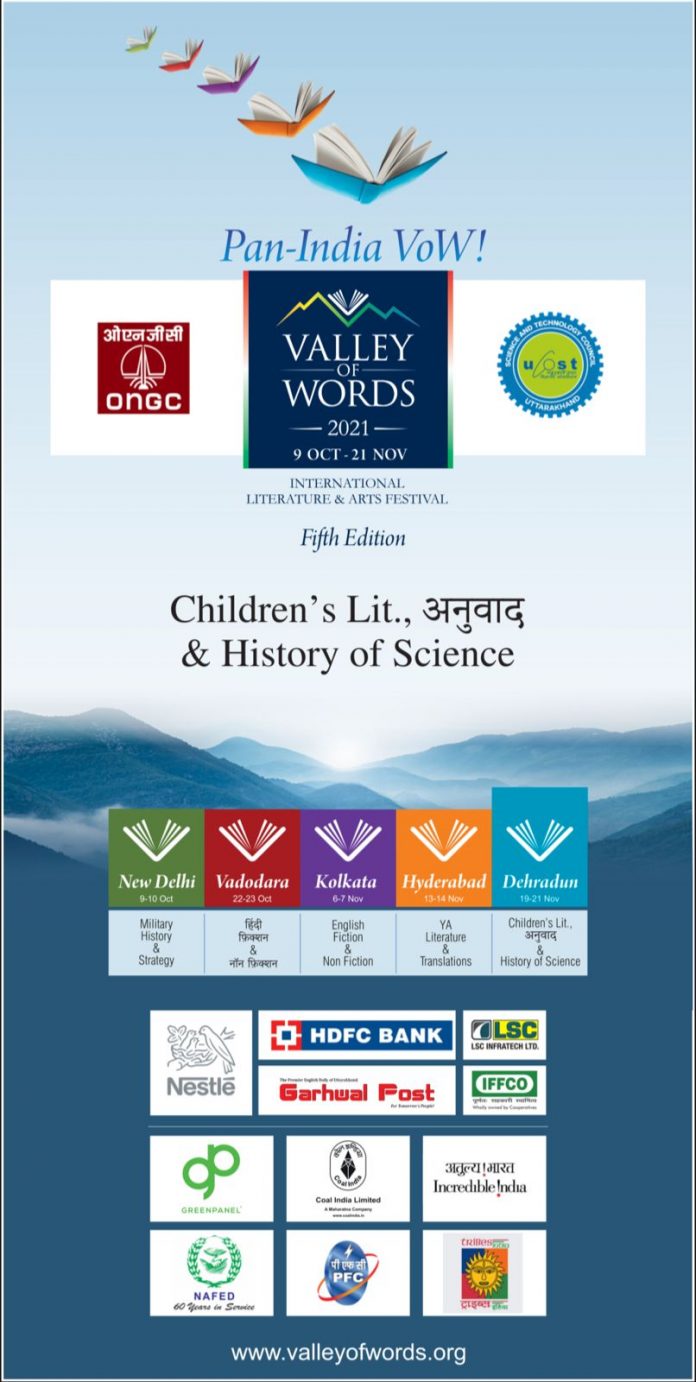

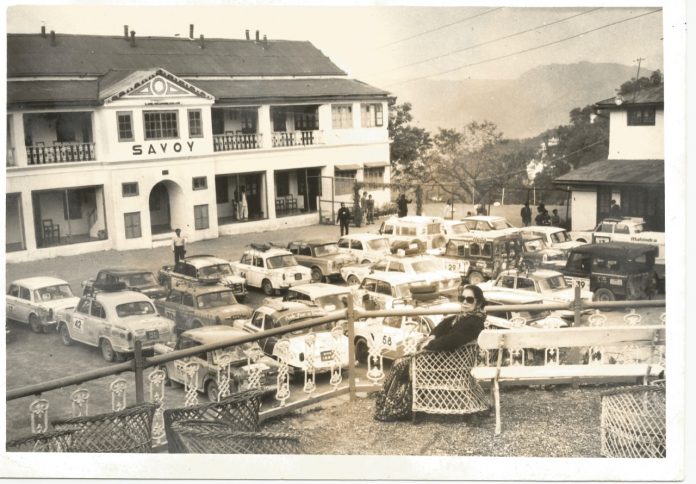
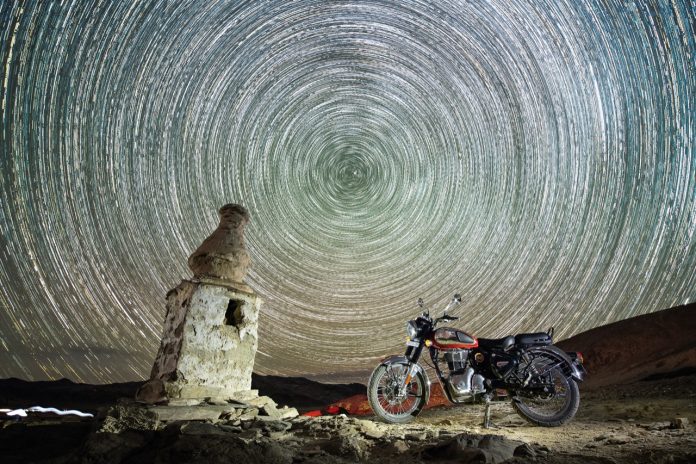

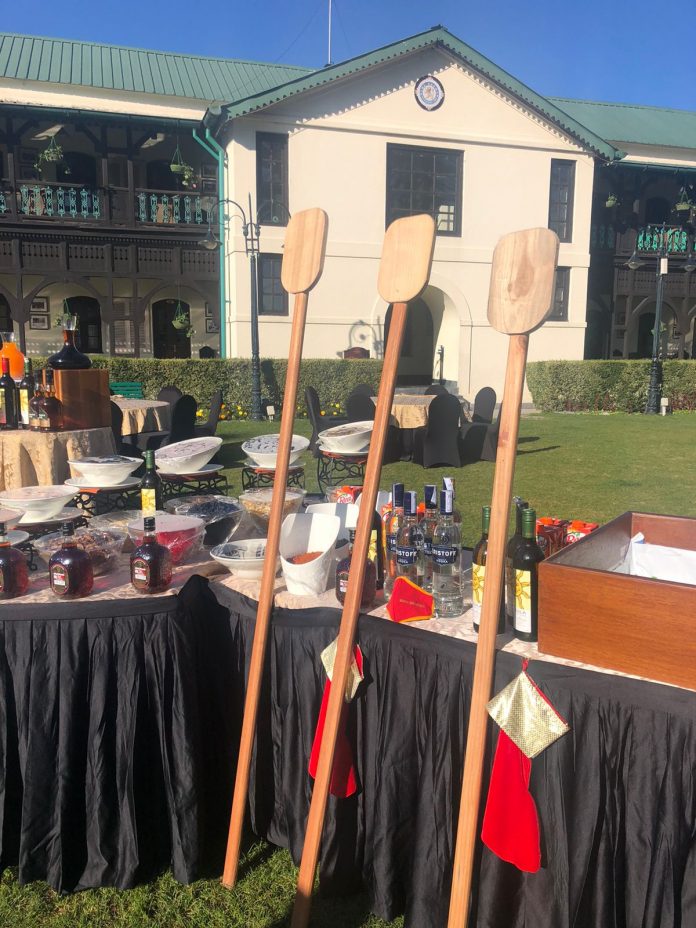
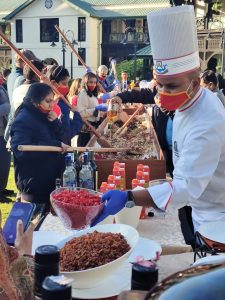
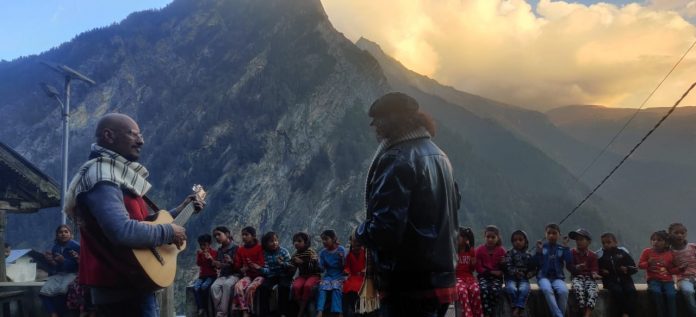
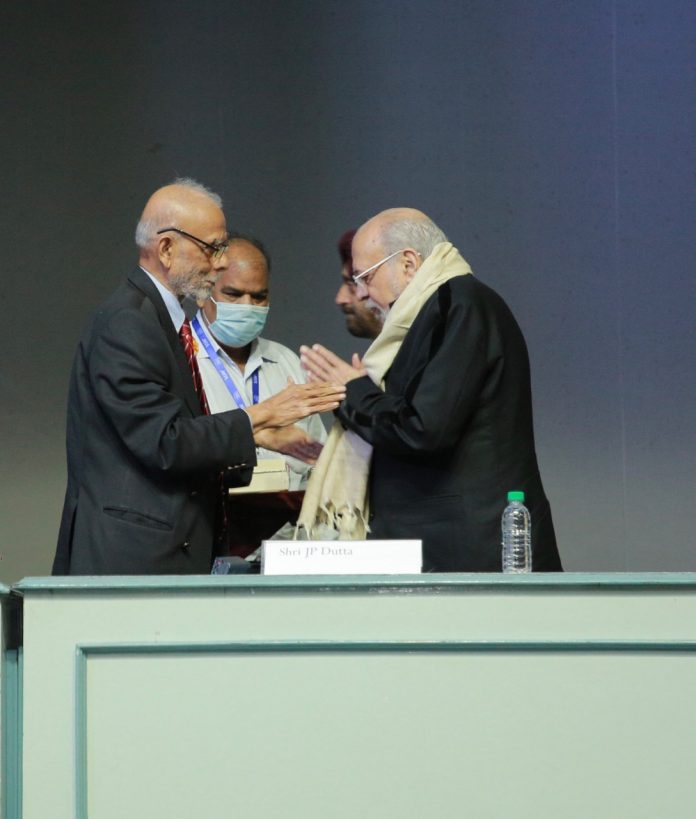
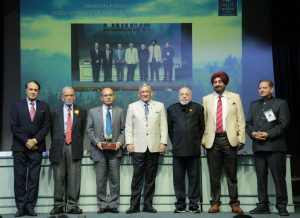
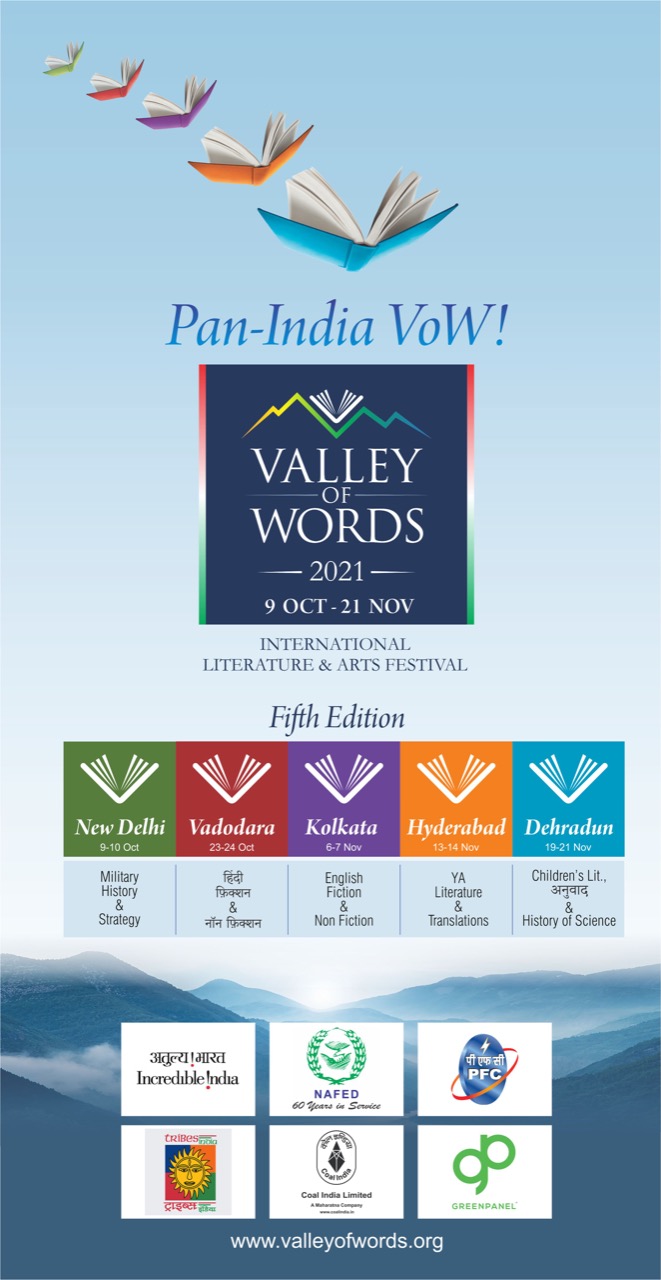
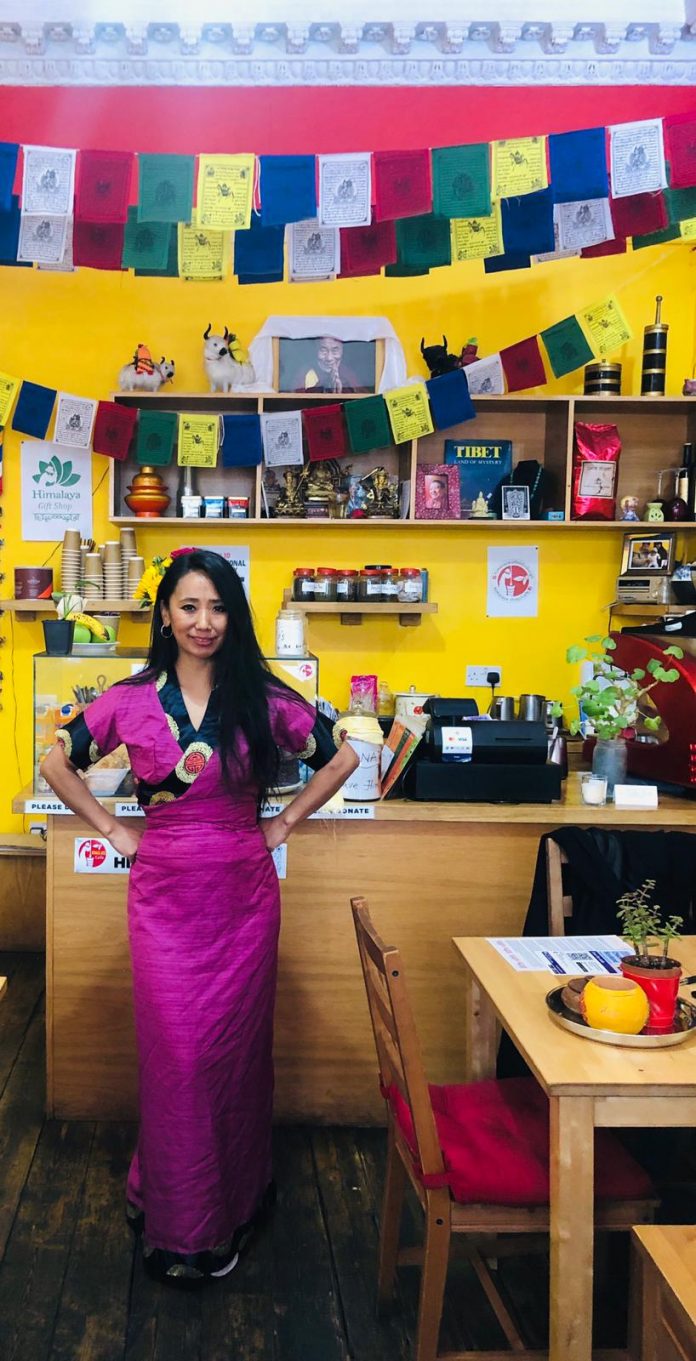
 Answering my Whatsapp messages she kept to her promise. She writes: “I have vivid memories of Mussoorie and my home there. We would then walk all over the place from the Mall, talking to locals, sipping on sweet Mussoorie chai to enjoy the magical sunsets of Landour. It is all etched in my mind forever.”
Answering my Whatsapp messages she kept to her promise. She writes: “I have vivid memories of Mussoorie and my home there. We would then walk all over the place from the Mall, talking to locals, sipping on sweet Mussoorie chai to enjoy the magical sunsets of Landour. It is all etched in my mind forever.”